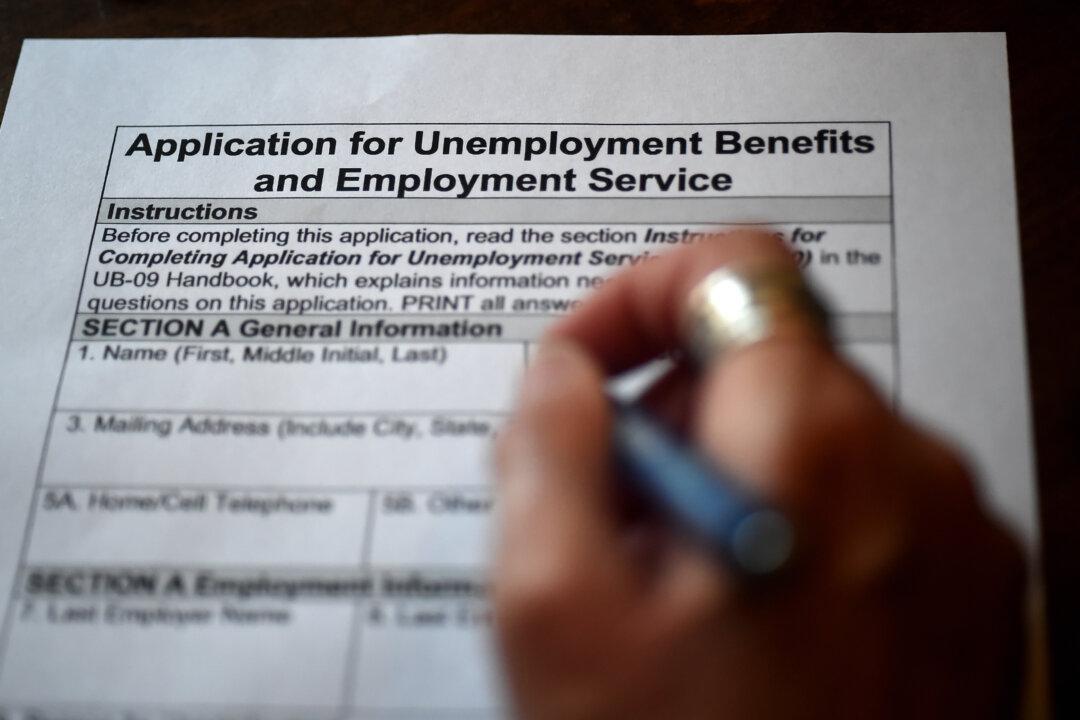Experts say and studies suggest that generous federal pandemic unemployment benefits reduced the U.S. labor participation rate, contributing to business difficulties in finding workers.
The U.S. Bureau of Labor Statistics (BLS) noted a decline in the workforce participation rate through 2021.





